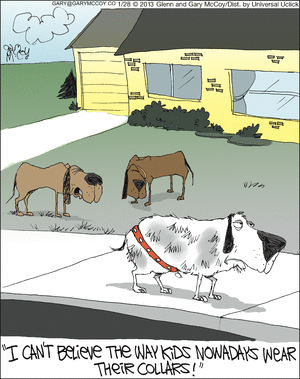Just Another Crime & Punishment Story
Barberton Police Seek Accused Killer
Month Before Pregnant Teen Shot
DNA links David Stoddard, 24, to
violent home invasion in Barberton a month earlier
That was the headline in the online version of this article today, an
article on the list of ‘most read’ articles.
In the hard copy paper delivered to my doorstep the headline, above the
fold, in the B section read “Man Wanted Before Teen Killed.” Online there was no photo with the
story. Hard copy had a tiny half-inch
head shot of the killer.
The three comments in the online comment section read:
1.
‘Sure lets
blame the cops for this psychopath killing the girl. The attorney says he was
in daily contact with his client, while knowing the police were looking for
him, yet refusing to cooperate. Get over yourself dude, not even sure how you
sleep at night defending scum like that.’
2.
‘"“It’s
kind of one of those things that you just keep checking for the suspect and if
you come across him, you deal with him at that time,” Eberhart said." So what did the cops do keep checking the
jail cell... "No he's not in there yet".’
3. ‘What Trexler didn't say, was that the DNA evidence gotten from the dog
wasn't certain enough for anyone to be convinced or convicted. Police wanted to
meet with the loser to collect additional DNA for testing. They were building
their case.’
What is the story as reported today?
24 year-old David Stoddard, from Barberton, is accused of bursting
into a private home to kill his girlfriend but ended up murdering 16 year-old
Anna Karam and shooting 19 year-old Jessica Halam in the head. Karam was four months pregnant; Halam is
recovering at Akron General.
Yesterday’s story has a photo of a candlelight vigil for the two
victims. Today’s story tells us that the
shooter was already wanted for a “violent home invasion” by the Barberton
Police.
DNA evidence linked Stoddard to the home invasion. Barberton Police had been in ongoing
negotiations with Stoddard’s attorney to get him to turn himself in. Barberton Police arrested Stoddard on a gun
charge “a month after the home invasion” but released him. The Barberton Police had not secured a
warrant for Stoddard’s arrest by the time he was murdering Anna Karam.
Here is what the police told the Beacon
reporter:
‘Officer Marty Eberhart, Barberton police spokesman, said officers in
December looked for Stoddard, checking the various addresses he was known to
frequent. Beyond that, Eberhart was unable to say how intense the search was
for Stoddard and how long they searched.
“It’s kind of one of those things that you just keep checking for the
suspect and if you come across him, you deal with him at that time,” Eberhart
said.
Eberhart said police did not have a warrant for Stoddard’s arrest in
December. At the same time, however, he said Stoddard would have been arrested
once he met with detectives.
“We needed to talk to him about it,” Eberhart said. “We were making arrangements
with his attorney to turn himself in and be charged at that time.”’
The friends of the victims are “left to wonder.” I am left to wonder if Stoddard was a 24
year-old black man, with a violent criminal history, who was known to the
police and openly living in his own home…wouldn’t he have been arrested before
he killed anyone? If aggregate data
(about arrests, police discretion, and racial profiling) can help us at all, we
can only conclude that if he were black he would have absolutely been arrested,
even if the previous criminal history had not been violent.
‘On Jan. 6, police say, Stoddard barged inside an East Archwood
Avenue home and opened fire. Witnesses say he was looking for his ex-girlfriend
when he shot Karam and Halman. Stoddard fled the house and was found inside a
motel room hours later by Wadsworth police.
The home invasion took place on Oct. 5 inside a Jefferson Avenue
home. Police say three men, one armed with a gun, burst inside and demanded
money. One person inside was assaulted, and the resident’s 10-year-old pit bull
named Duke was shot to death after biting the arm and leg of one intruder.’
DNA from the dog’s mouth linked to Stoddard and the victim of the
home invasion identified Stoddard even before the DNA results were available to
police.
‘“My client was not eluding police,” Sinn said. “He was in town,
living at home and I was in daily contact with him. We were in discussions with
police….”’
A suspect identified by the victim for a violent home invasion, with
corroborating DNA evidence, was ‘in discussions with police’ through his
attorney?? I wonder if this is either evidence of a
police department with an admirable respect for due process and alternatives to
punishment, or a police department giving special rights to one of its own?
Of course, we could all follow one online commentator and add
information to the story, reassuring ourselves with comments like ‘the police
were building their case,’ or ‘the evidence was inconclusive,’ or ‘the police
were trying to trick the suspect into giving up information.’ Even if we assume these speculations are true,
would we make these same extra-ordinary efforts to ‘fill-in the blanks’ for the
police if a young black man had been left on the streets, without a warrant
even issued for arrest, only to then commit a violent murder? Or if Anna Karam and Jessica Halam were our
daughters?






